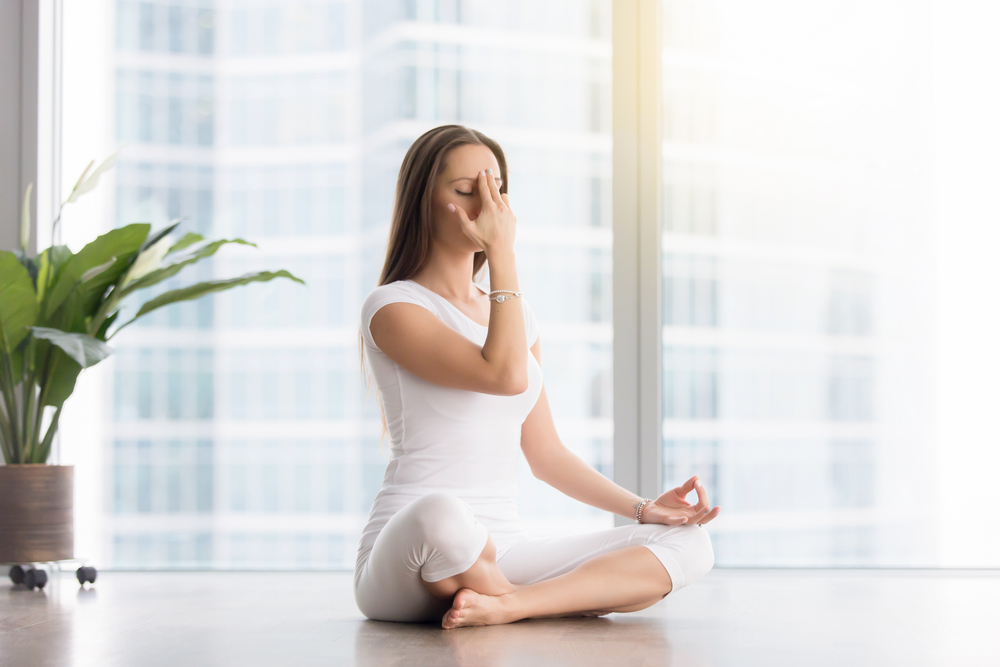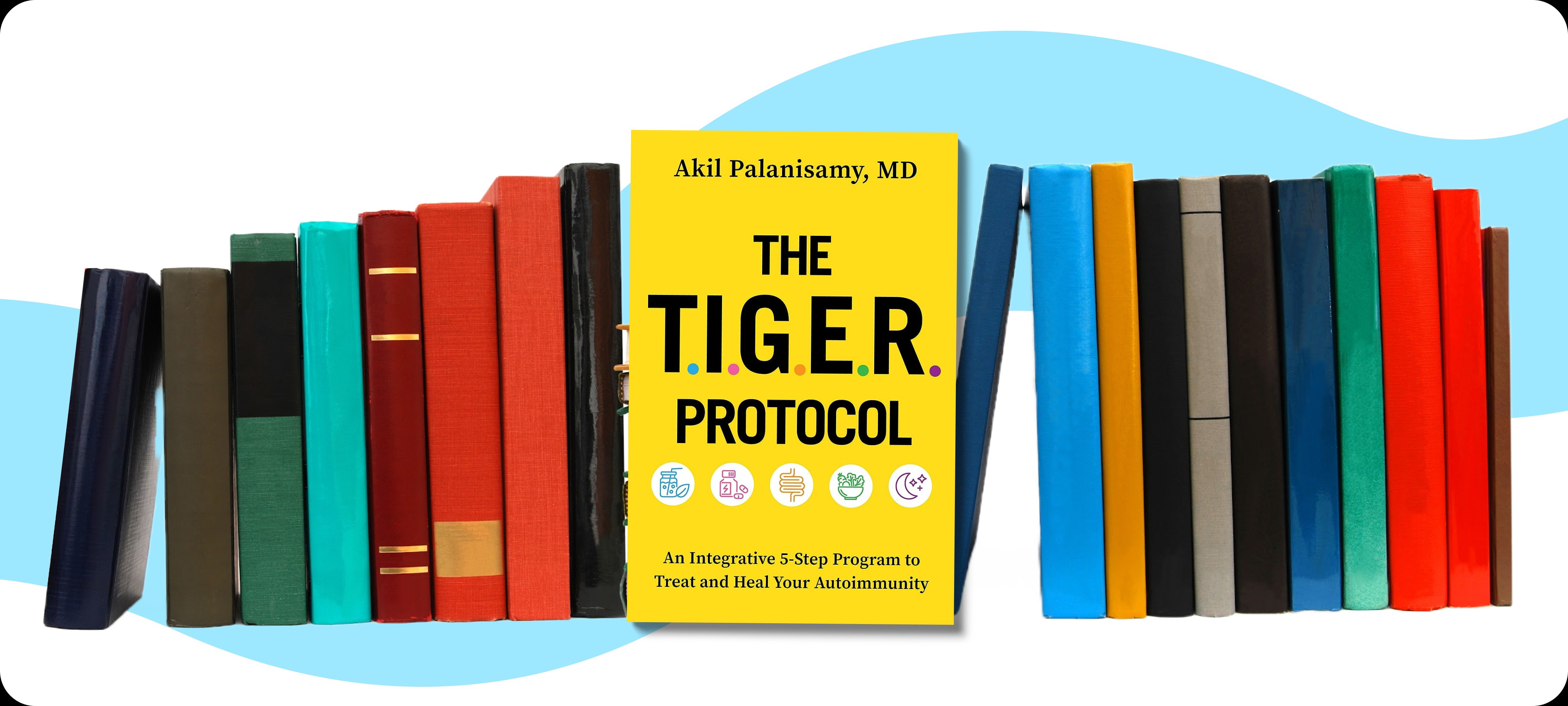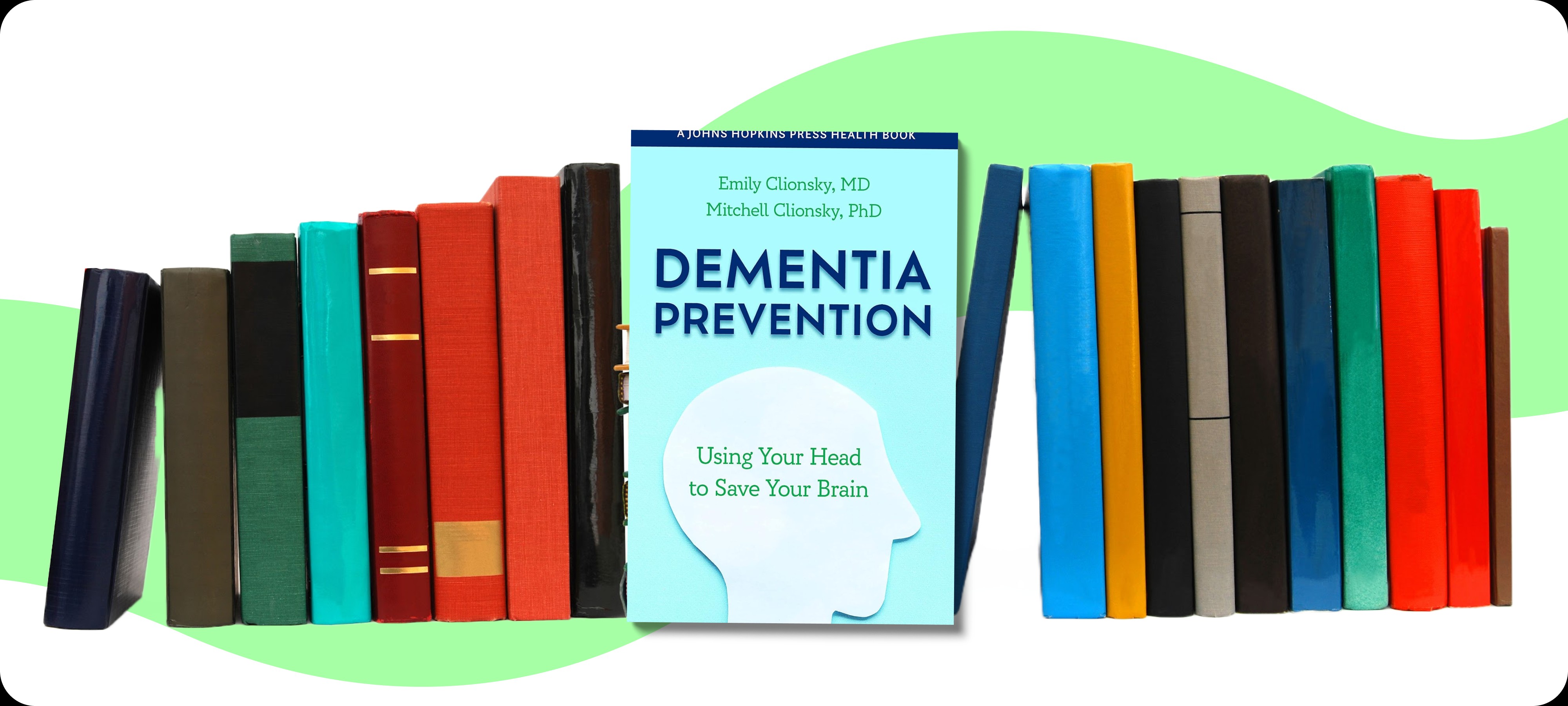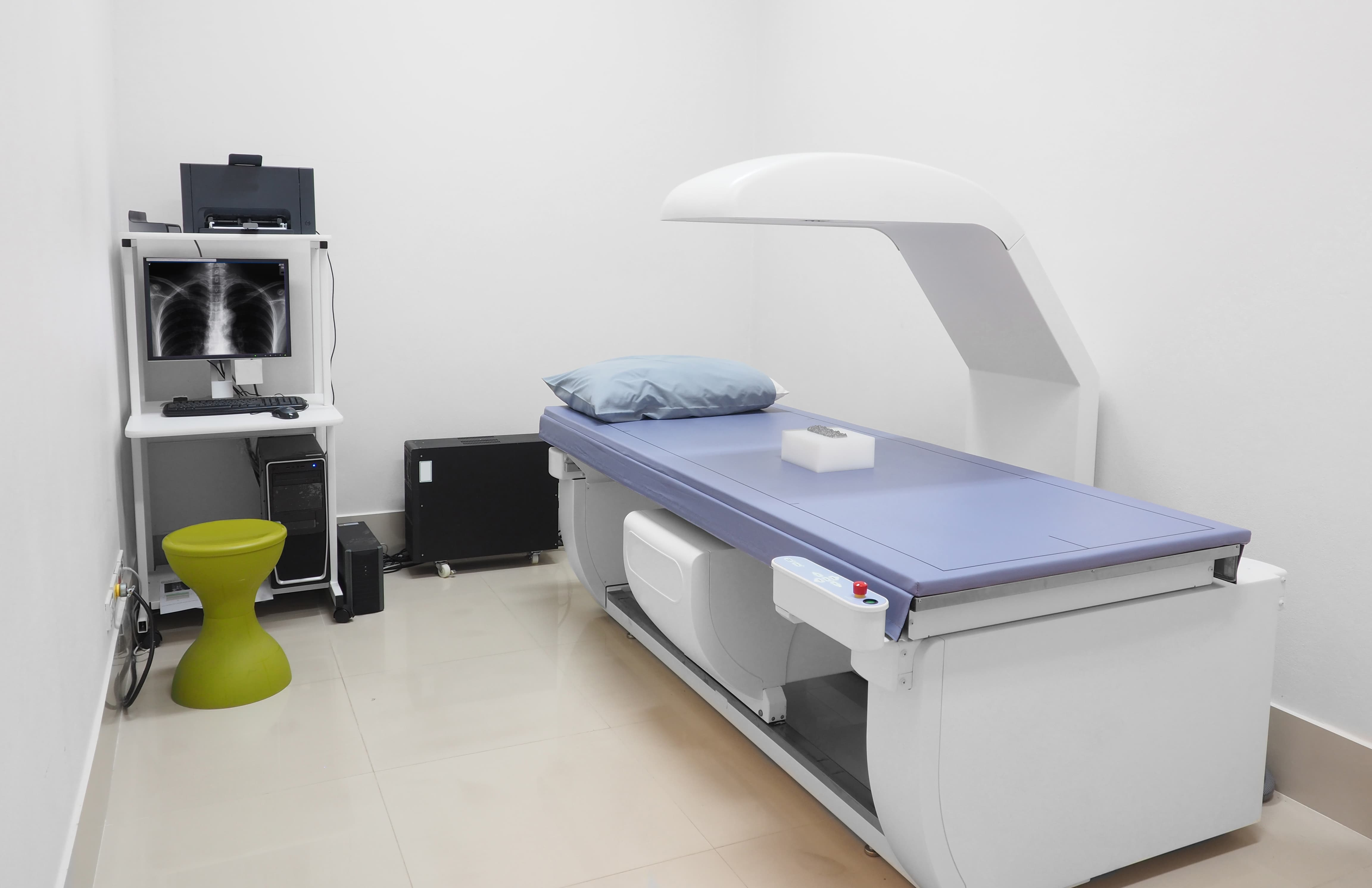Breath is the very essence of life, and without it, we cannot exist. We inhale and exhale every moment, without even realizing the magic happening within our bodies. If we start diving deeper into this topic we usually face various articles on the web that make us concerned that we should breathe through the nose and mind not deprive our bodies of air.
But, what if I told you that by holding your breath, you can experience a myriad of benefits, both physically and mentally? Yes, you read that right. Breath-holding is not just a trick that free divers use to stay underwater for long periods; it’s a practice that can positively impact your overall health, quality of life and well-being. In this article, we will explore the fascinating world of breath-holding and the many benefits of this practice. So, take a deep (not big🙂) breath and let’s begin!
What happens to your body when you hold your breath

Breathing is a natural reflex that we do unconsciously up to 19,000 times a day. When we hold our breath, we are cutting off the flow of oxygen to our bodies. Oxygen is necessary to fuel our cells and to remove carbon dioxide from our bodies.
When we hold our breath, carbon dioxide starts to build up in our body, and our brain senses the lack of oxygen. The longer we hold our breath, the more painful the experience becomes. The pain comes from involuntary spasms in our diaphragm and the muscles around our ribs, accompanied by lightheadedness. Nevertheless, it is unlikely to die solely from holding your breath as the body’s autonomic nervous system kicks in to regulate breathing.
If holding your breath underwater, the body goes into ‘power save mode’ to preserve oxygen for essential organs, such as the brain and heart, by slowing down the heart rate and reducing blood flow to the limbs. This is known as the mammalian diving reflex, present in all mammals and possibly all vertebrates, and is triggered by cold water on the face.
Five benefits of breath holding

Even if you are not a diver, practising breath-holding can bring you a series of benefits that will level up your health and quality of life. Keeping your breath until you feel an intense air hunger exercises your diaphragm and exposes your body to more carbon dioxide.
Hypercapnia (a condition where there is too much carbon dioxide in the blood) and hypoxia (a condition that occurs when there is not enough oxygen in tissues) tolerance are improved. This will lead to less breathlessness, slower breathing, and better performance.
1Improves respiratory muscle strength
Although there are various products that can aid in enhancing respiratory muscle strength, holding your breath can be the most uncomplicated and innate way to do so.
The diaphragm muscle is the primary muscle involved in breathing. During inhalation, it moves downwards, and during exhalation, it moves upwards. When you hold your breath, the carbon dioxide level increases in your bloodstream, which causes the diaphragm to contract and spasm, leading to its strengthening over time. The strengthening of respiratory muscles, including the diaphragm, can boost physical endurance and will make your workouts more effective and last longer if you want them to.
2Boosts immunity
A strong immune system is essential for ensuring overall health as it protects us from viruses and bacteria that can lead to anything from seasonal flu to inflammation that can later trigger chronic conditions like cancer. While the beneficial role of nasal breathing on the immune system is well-known, the increased bacterial resistance effect of breath-holding has been recently proven by scientists.
In a course of a study, a group of people was trained in meditation, breathing techniques (including breath holding), and exposure to cold while another group was not trained. The trained group showed increased levels of plasma epinephrine (a hormone that activates the sympathetic nervous system) and higher levels of anti-inflammatory proteins. They also had lower levels of proinflammatory proteins. Activating the sympathetic nervous system can suppress the immune response, which could be helpful for treating autoimmune diseases.
3Increases athletic performance

Lactic acid is released by muscles and blood cells when you exercise. As a temporary energy source, a small amount of it can be beneficial. However, when this acid accumulates in your body, it causes a burning or cramping sensation in your muscles. As a result, exercising may slow down or even stop altogether as a result of these sensations.
It is possible to sustain intense exercise for longer if lactic acid is not built up as quickly. Exercises that involve holding your breath can reduce lactic acid emissions. It was found that holding a breath after exhalation improves tolerance and delays fatigue.
4Enhances longevity
The control of breath improves lung function, which improves longevity by preserving the health of stem cells. Stem cells play a fundamental role in maintaining tissue integrity, and their functional exhaustion is a major cause of ageing.
Thus, by practising breath holding we can reverse stem cell decline and turn back the clock.
5Reduce oxidative stress and slow your ageing process
Reactive oxygen and nitrogen species (RONS) are produced naturally in the body and from external factors but are usually kept in check by antioxidant defences. When there is an imbalance between RONS production and these defences, oxidative stress occurs.
Ageing is characterized by a gradual decline in the function of organs and tissues, and the oxidative stress theory of ageing suggests that this is due to the accumulation of damage caused by RONS. In addition, oxidative stress is also involved in many age-related conditions such as cardiovascular diseases, chronic kidney disease, and neurodegenerative diseases, including frailty and sarcopenia.
Breath-holding has been known for its ability to reduce oxidative stress which leads to slower and healthier ageing.
Fun & curious facts about breath-holding
-
Budimir Šobat, a professional diver, has set the world record for breath-holding, which is 24 minutes and 37 seconds.
-
Pundits have found that deliberate holding of breath stimulated the regeneration of new brain tissues in salamanders. Thus, theoretically, breath-holding can positively influence this process in people, but this point hasn’t been studied yet.
-
Generally, people can hold their breath for about 30 to 90 seconds, but if they practice deliberate hyperventilation first, they may be able to hold them for a few seconds longer.
 Source: GIVEMESPORT
Source: GIVEMESPORT The flip side of breath-holding

Practising breath-holding exercises has been shown to have a positive influence on our health, physical performance and even ageing. However, it has to be done following safety precautions. Everyone who has decided to start practising holding their breath should mind the following points.
Before engaging in intense breath-holding exercises, it is important to ensure good health and seek medical advice if necessary, and it is not advisable to practice breath-holding in or near water or during pregnancy, as its effect on an unborn baby is unknown.
Additionally, individuals with certain conditions such as high blood pressure, epilepsy, diabetes, schizophrenia, uncontrolled hyperthyroidism, chest pains or heart problems, sickle cell anaemia, cancer, arterial aneurysm, kidney disease, panic disorder and/or anxiety, sleep apnea, or cardiovascular issues should avoid strong breath holds.
If you experience loud snoring, episodes when you stop breathing when you sleep (can be witnessed by another person), gasping air during sleep, morning headaches and dry mouth you might suffer from sleep apnoea. This is a condition when a person subconsciously holds their breath when sleeping. Sleep apnoea is a serious condition that can result in heart failure.
Email apnoea is a twin of sleep apnoea but it is experienced during the awakening. This is a phenomenon when people unconsciously hold their breath while sitting at their desks and working on the computer. This behaviour is compared to the focused state of animals stalking prey or shooting a target, and it may be prevalent in nearly every office setting.
In fact, three out of ten workers experience email apnoea. This condition puts us into a ‘fight-or-flight’ response and exacerbates stress. Thus, it is recommended to pay attention to whether you hold your breath during work or sleep and consult the doctor.

It’s unclear if there’s any permanent damage from repeatedly holding your breath. One study of divers in The Clinical Neuropsychologist showed no long-term neurological damage in divers.
But another study by The American Physiological Society did find that divers had an elevated level of the protein S100B, which could be a marker for brain damage. It’s important to note that these studies were done on small numbers of participants, and more research is needed.
Breath-holding can be a powerful tool to improve your physical and mental well-being, but it’s important to start slowly and not push yourself too hard. When practising breath-holding exercises, take it easy and listen to your body. And remember, never hold your breath while driving or operating heavy machinery, as it can be dangerous and lead to accidents.
Three breathing exercises to help you master breath-holding

If you have considered all the precautions and want to receive all the benefits of breath-holding, try out these three breath-holding exercises.
1Nose unblocking exercise
Originally, this breathing exercise was meant to reduce or get rid of nasal stuffiness. However, it is also a great technique to build up your CO₂ tolerance as well as calm down.
Procedure
1. Sit upright on a chair with a straight back.
2. Start by taking small breaths in and out through your nose, or through the corner of your mouth if necessary, to establish a calm breathing pattern.
3. Pinch your nose and hold your breath with your mouth closed.
4. Gently move your head or body until you feel the urge to breathe again.
5. When you need to inhale, release your nose and breathe gently through it with your mouth closed, avoiding deep breaths and focusing on relaxation.
6. Repeat this exercise until your nose becomes unblocked, which may take several attempts with breaks in between.
2Numbered breathing
When performing numbered breath work, also called 4-7-8, you are gradually increasing the duration of your exhales, holds, and inhales by one count every time you perform it.
Procedure
1. While counting to four inhale.
2. Then count again from one to seven holding your breath.
3. Exhale through your mouth for eight counts.
4. Repeat as many times as it is comfortable, till you feel tranquillity and stress relief.
3Alternate nostril breathing

The alternate nostril breathing technique, also called Nadi Shodhana in Sanskrit, belongs to yogic breath works that are scientifically proven to reduce stress. By practising this breathing exercise, you’ll cleanse the airways, strengthen your nose’s breathing capacity, moisturize, and eliminate mucus. It also boosts breathing awareness and control.
Procedure
1. Ensure that you are in a comfortable position. Breathe in through your left nostril while blocking your right nostril with your thumb.
2. With your ring finger, cover your left nostril and breathe out through your right nostril.
3. Breathe in through your right nostril, pinch and breathe out through your right nostril.
One cycle of this exercise equals two in-breath and two out-breath. It’s a good idea to practice it four times whenever you need to slow down or relax.
Let’s summarise

Breath-holding is a fascinating practice that can bring numerous benefits to our physical and mental well-being. By practising breath-holding exercises, we can improve our respiratory muscle strength, boost our immunity, increase athletic performance, and enhance longevity. However, it’s crucial to follow safety precautions and not overdo it. If you’re interested in trying out breath-holding exercises, start with the three breathing exercises we have recommended. By incorporating breath-holding exercises into your daily routine, you will be more in control of your breathing and improve your overall quality of life. So, take a deep breath and start exploring the fascinating world of breath-holding.
Not enough? Here are some more from our colleagues
If you’re interested in exploring the power of breath and how it can improve your physical and mental well-being, we highly recommend ‘The Oxygen Advantage’ by Patrick McKeown. In this book, McKeown explains how breathing exercises can increase respiratory muscle strength, boost immunity, and enhance athletic performance, among other benefits. He also provides practical tips and exercises that can help you improve your breathing habits and achieve optimal health. Whether you’re an athlete looking to improve your performance or someone looking to improve your overall quality of life, ‘The Oxygen Advantage’ is a must-read.









